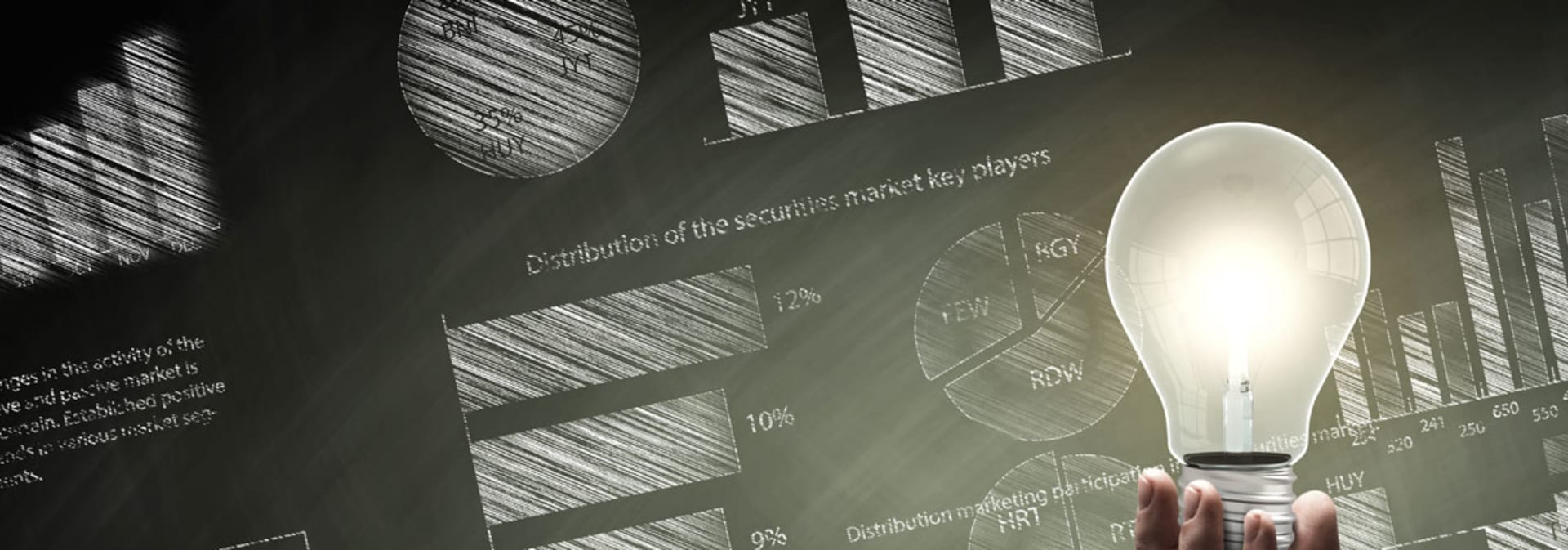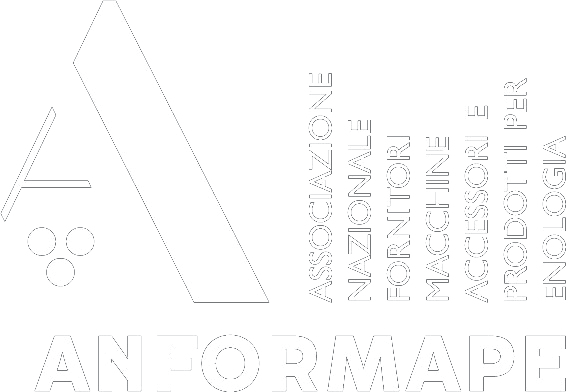Innovations
“Just as energy is the basis of life itself, and ideas the source of innovation, so is innovation the vital spark of all human change, improvement and progress.”
Theodore Levitt
The spirit of innovation is a cornerstone of our business. We have always been attentive to research and experimentation with an aim to improve existing products and introduce new ones in line with market requirements.
We are proud to have introduced the technology of white wines and red wines to improve product quality, enzymes for the release of aromatic expression of wines and tyrosinase and laccase inhibitors.
One of the first biotechnology innovation was the introduction, in 1988, of potassium caseinate, used in the clarification process of musts. It is a protein clarifier, derived from milk, capable of absorbing oxidized molecules, such as catechins, proanthocyanidins, and heavy metals. In combination with bentonite and activated cellulose with high adsorbent capacity, it is used on musts and wines to enhance the aromatic identity. Potassium caseinate can restore the noble greenish hues of white wines, sharpen the tones specific to rosés and provide further longevity to wines.
Another step forward has been taken, this time in the area of bio protection with the development of Primaflora, an organic yeast non-Saccharomyces naturally present in grapes. This product inhibits the unwanted microbiological flora, which causes the production of biogenic amines and acetamide odours. Its action helps to maintain the flavour and aromatic complexity of wines, while preserving the expressive purity of the terroir. Its use reduces sulphur dioxide during the winemaking process which is a particularly important aspect for organic wines since a legal thresholds of sulphur dioxide exists for these wines.
Research is also carried out on equipment with crucial innovations such as the Reactivator (2003), a cutting-edge machine that improves the rehydration of yeasts so as to enhance their fermentation characteristics and their cellular activity. This valuable support is used even during the secondary fermentation phase both in the wine and beer sector.
Our most recent technological innovation is the Ctrl-Ferm, exhibited during the last Simei show (2015). It is a system for the automatic control of fermentation through the monitoring of carbon dioxide and hydrogen sulfide.


 United Kingdom
United Kingdom





